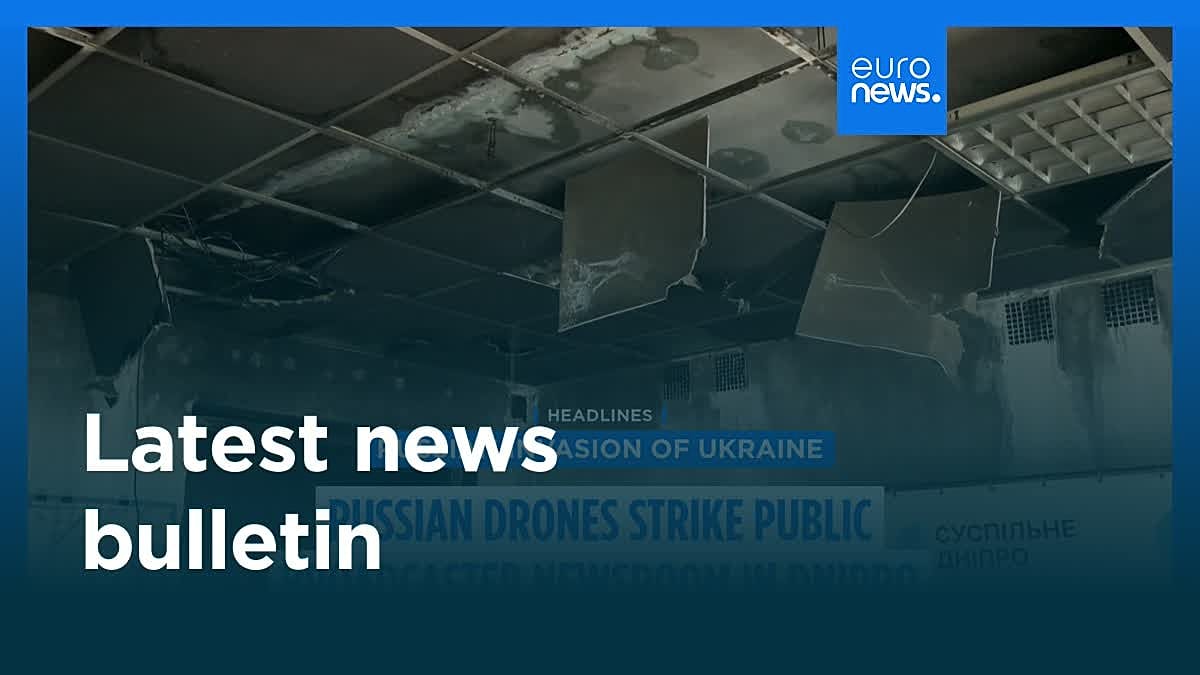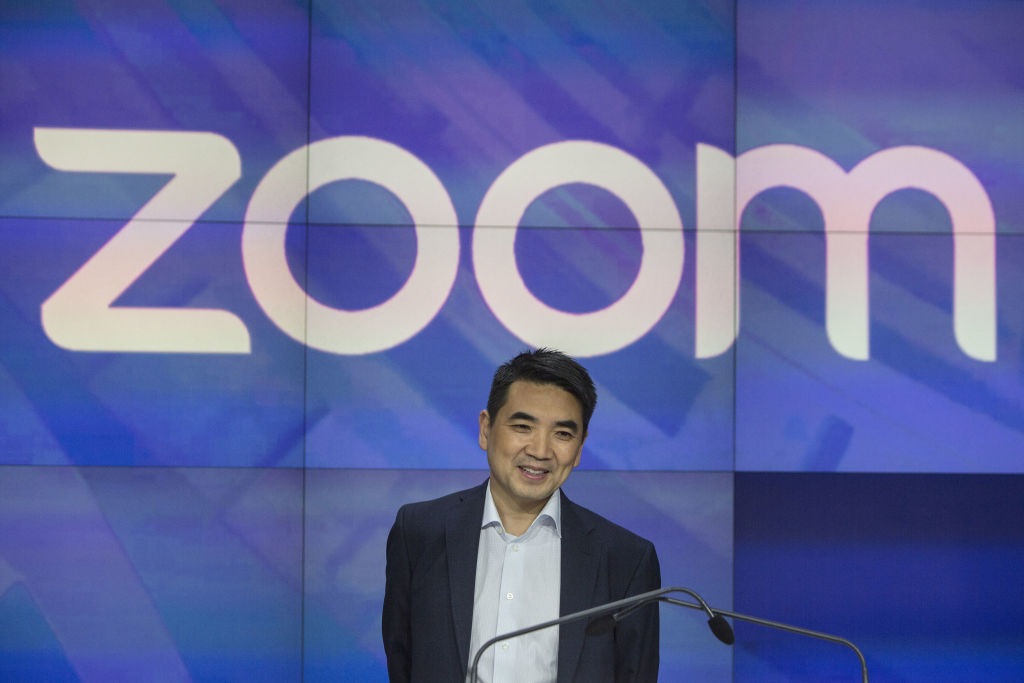Cloud Kitchen Management Software: How It Transforms Operations


Running a delivery-only kitchen looks simple from the outside: crank out food and hand it to a courier. In reality, you’re juggling multiple virtual brands, half a dozen delivery apps, and a rotating crew that would rather cook than wrestle with tablets.
Without the right digital backbone, growth turns into gridlock, orders print on the wrong station, couriers stack up at the door, and your hard-won ratings nosedive. That’s why operators are turning to specialized cloud kitchen software: a single source of truth that routes every data point, order, recipe, timer, and driver to the right person at the right second.
Hidden Friction Points
Even profitable ghost kitchens leak money in ways that are easy to ignore when volumes are modest. Manual re-keying from aggregator tablets invites wrong modifiers; printers jam at the worst moment; and without a dispatch console, drivers cherry-pick the “easy” runs, stranding the rest. Add static pricing or slow menu updates, and your margin evaporates long before you see the month-end P&L. A purpose-built cloud kitchen POS eliminates these pain points by treating the kitchen like a factory line, not a dining room with take-out bolts glued on.
The Anatomy of Modern Cloud Kitchen Management Software
A true platform doesn’t bolt together random tools; it orchestrates them. Imagine it as mission control for your ghost or hybrid operation: one browser-based cockpit that everyone from the phone operator to the pastry chef to the motorbike courier logs into.
Unified Order Capture
The first task is herding orders from branded websites, phone calls, kiosks, and aggregators into a single feed. No more “tablet farms” stealing counter space. Whether you’re using Delivety’s white-label site builder or another option, the system should auto-acknowledge each order, apply surge rules, and print or display tickets only where needed.
Kitchen Orchestration and Cloud Kitchen POS
Traditional POS software mimics a dining room table, numbers, split checks, and seat positions. A POS software for cloud kitchen flips that script. Tickets break into component dishes, each tagged to a prep station with real-time timers. Cooks see color-coded urgency, assemblers get alerts when every component is ready, and a manager dashboard tracks bottlenecks before they stall the line. Ingredient tracking and recipe costing run silently in the background, syncing depletion to supplier orders so you don’t 86 best-sellers mid-rush.
Delivery Dispatch and Post-Order Experience
Once the food is packed, the clock starts ticking. Integrated dispatch tools batch nearby orders, optimize multi-drop routes, and send jobs to couriers via a web app, no clunky native download required. Customers watch live GPS on a branded tracking page, while the back-office captures delivery times, tips, and driver performance for later analysis. If you use Delivety, these modules live side-by-side with the kitchen dashboards, so no data falls through the cracks.
Measurable Impact: From Minute One to Month Twelve
Adopting cloud kitchen software isn’t a vanity upgrade; it’s a margin multiplier. Operators consistently report three headline wins:
- Up to 50 percent faster ticket times after automated station routing replaces paper chit wheels.
- 2. Reduction in remake costs thanks to forced modifier prompts and digital assembly checks.
- Shift of orders to commission-free first-party channels once a branded site and loyalty hooks are live.
These aren’t vanity metrics; they cascade directly into labor efficiencies, higher order counts per hour, and healthier bottom lines.

Speed, Accuracy, and Margin: The Big Three
Faster tickets keep fries crisp, fewer remakes protect food cost, and direct orders dodge marketplace fees. When all three move in the right direction, your payback period on software shrinks from months to weeks, and the tech budget starts to look like a revenue center.
Choosing Your Platform Wisely
Plenty of vendors promise the moon, but hidden per-order fees or missing integrations can stall ROI. Draw up a scoring grid and make vendors prove every claim in a live demo.
Non-Negotiable Features Checklist:
- Native integrations with major aggregators, no third-party middleware that adds latency.
- White-label ordering that’s drag-and-drop simple; marketing shouldn’t need a developer.
- Role-based dashboards so cooks see timers, not tax reports.
- Open API for loyalty, accounting, or even robotic arms, you may adopt next year.
- Flat subscription pricing; avoid per-order commissions that balloon as you scale.
Consider Delivety if transparent pricing is high on your list. It starts at $9 a month with no revenue share and bundles ordering, cloud kitchen POS, KDS, dispatch, and analytics into one login.
Rollout Blueprint: Turning Theory into Throughput
Buying software is 10% of the job; deployment is the other 90%. Skip the panic swap and follow a staged plan.
Four-Week Implementation Sprint:
Week 1. Process Mapping. Walk through every step order in, dish out, driver paid, and note bottlenecks.
Week 2. Data Hygiene. Clean the menu spreadsheet, standardize SKU names, and confirm allergen flags. Garbage data equals chaotic screens.
Week 3. Pilot Brand. Activate a single virtual concept during off-peak hours. Measure ticket times and error rates daily.
Week 4. Full Cutover. When digital metrics beat your old baseline for three consecutive days, switch the rest of the brands, retire paper tickets, and celebrate with the crew.
Final Word: Integrate or Suffocate
Delivery and take-out now drive the lion’s share of growth in hospitality; that trend isn’t reversing. The brands winning in 2025 aren’t just cooking well; they’re operating on rails laid by best-in-class cloud kitchen management software. Whether you land on Delivety or another platform, the mandate is the same: give your team a single, friction-free system that lets them focus on food, not firefighting. Do it right, and you’ll convert chaos into throughput, ratings into loyalty, and orders into sustainable profit.
The post Cloud Kitchen Management Software: How It Transforms Operations appeared first on Entrepreneurship Life.





















































